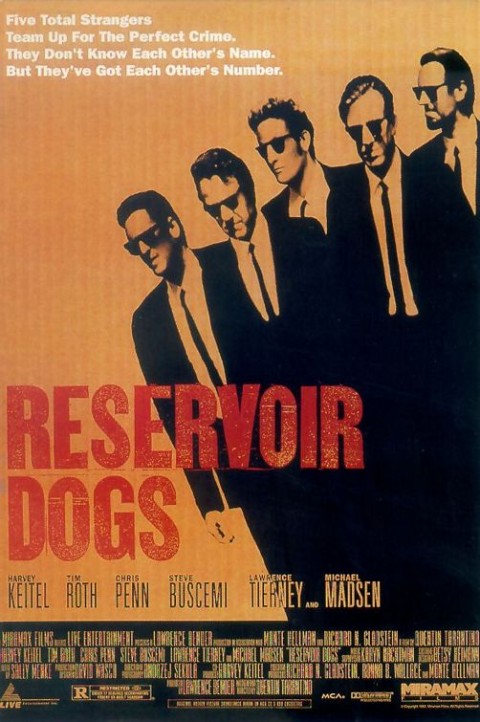Bertrand Russell, the great British philosopher and social critic, appeared on the BBC program Face-to-Face in 1959 and was asked a closing question: What would you tell a generation living 1,000 years from now about the life you’ve lived and the lessons you’ve learned. His answer is short, but pithy. You can read a transcript below:
I should like to say two things, one intellectual and one moral:
The intellectual thing I should want to say to them is this: When you are studying any matter or considering any philosophy, ask yourself only what are the facts and what is the truth that the facts bear out. Never let yourself be diverted either by what you wish to believe or by what you think would have beneficent social effects if it were believed, but look only and solely at what are the facts. That is the intellectual thing that I should wish to say.
The moral thing I should wish to say to them is very simple. I should say: Love is wise, hatred is foolish. In this world, which is getting more and more closely interconnected, we have to learn to tolerate each other. We have to learn to put up with the fact that some people say things that we don’t like. We can only live together in that way, and if we are to live together and not die together we must learn a kind of charity and a kind of tolerance which is absolutely vital to the continuation of human life on this planet.
No truer words have been spoken.
If you would like to sign up for Open Culture’s free email newsletter, please find it here. Or follow our posts on Threads, Facebook, BlueSky or Mastodon.
If you would like to support the mission of Open Culture, consider making a donation to our site. It’s hard to rely 100% on ads, and your contributions will help us continue providing the best free cultural and educational materials to learners everywhere. You can contribute through PayPal, Patreon, and Venmo (@openculture). Thanks!
Related Content:
Bertrand Russell & Other Big Thinkers in BBC Lecture Series (Free)
Download Free Courses from Famous Philosophers: From Bertrand Russell to Michel Foucault
Bertrand Russell’s Improbable Appearance in a Bollywood Film (1967)
Listen to ‘Why I Am Not a Christian,’ Bertrand Russell’s Powerful Critique of Religion (1927)





